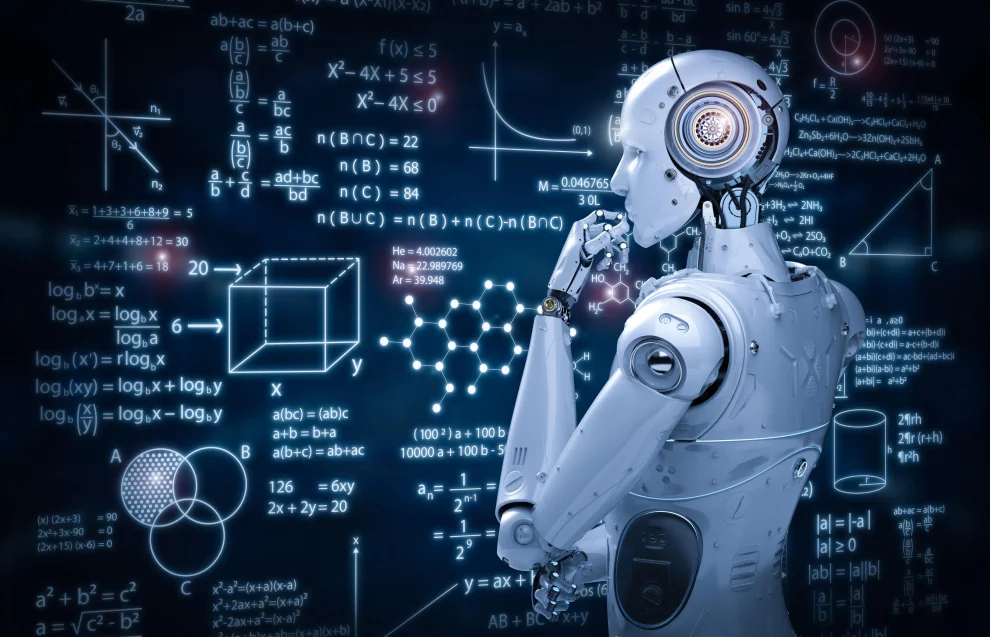Machine learning models have become powerful tools, driving diverse applications from healthcare diagnostics to facial recognition. But with great power comes great responsibility, and ensuring the accuracy, fairness, and explainability of these models is essential. Enter the realm of debugging machine learning models, where new testing approaches are emerging to illuminate the complexities of these AI systems.
Why the Testing Challenge?
Traditional software testing methods often fall short when applied to machine learning models:
- Black Box Nature: Unlike conventional code, the internal workings of complex models can be opaque, making it difficult to pinpoint the source of errors or biases.
- Non-Deterministic Outputs: Models can generate different outputs for the same input under certain circumstances, making it challenging to replicate and analyze errors consistently.
- Data Dependence: Model performance is highly dependent on the quality and distribution of training data, complicating the identification of data-related issues.
Shining a Light: New Testing Paradigms
To address these challenges, innovative testing approaches are being developed:
- Adversarial Testing: Craft and inject malicious inputs designed to fool the model, uncovering vulnerabilities and potential biases.
- Explainable AI (XAI): Employ techniques like feature importance analysis and decision trees to understand how the model arrives at its outputs, enhancing interpretability and debugging.
- Counterfactual Reasoning: Analyze what input changes would have led to a different output, helping to diagnose and correct errors.
- Model Monitoring and Drift Detection: Continuously monitor model performance for accuracy and fairness variations over time, allowing for proactive problem identification and mitigation.
- Data Validation and Cleaning: Scrutinize training data for biases, errors, and outliers that can significantly impact model performance and fairness.

Beyond Testing: Building Reliable and Trustworthy Models
Effective debugging is just one piece of the puzzle. Building reliable and trustworthy ML models requires a holistic approach that encompasses:
- High-Quality Data: Train models on diverse, unbiased, and error-free data to ensure fairness and generalizability.
- Robust Algorithms: Select algorithms that are interpretable and less prone to biases and vulnerabilities.
- Human-in-the-Loop Systems: Design systems where humans can review and override model decisions in critical situations.
- Transparency and Communication: Clearly communicate the limitations and potential biases of AI models to users and stakeholders.
A Collaborative Journey: Towards Explainable and Trustworthy AI
Debugging and testing ML models are ongoing journeys, not one-time fixes. By embracing new testing approaches, fostering a culture of data quality and ethical considerations, and building human-centered AI systems, we can navigate the complexities of these powerful tools and unlock their full potential for good.
















Add Comment